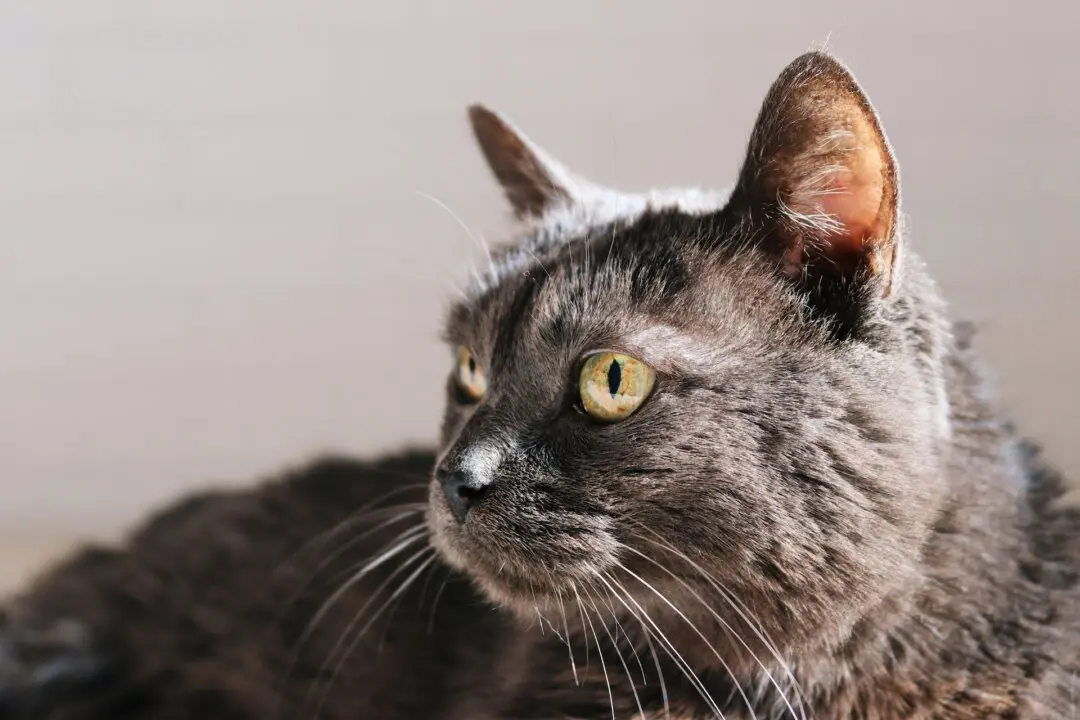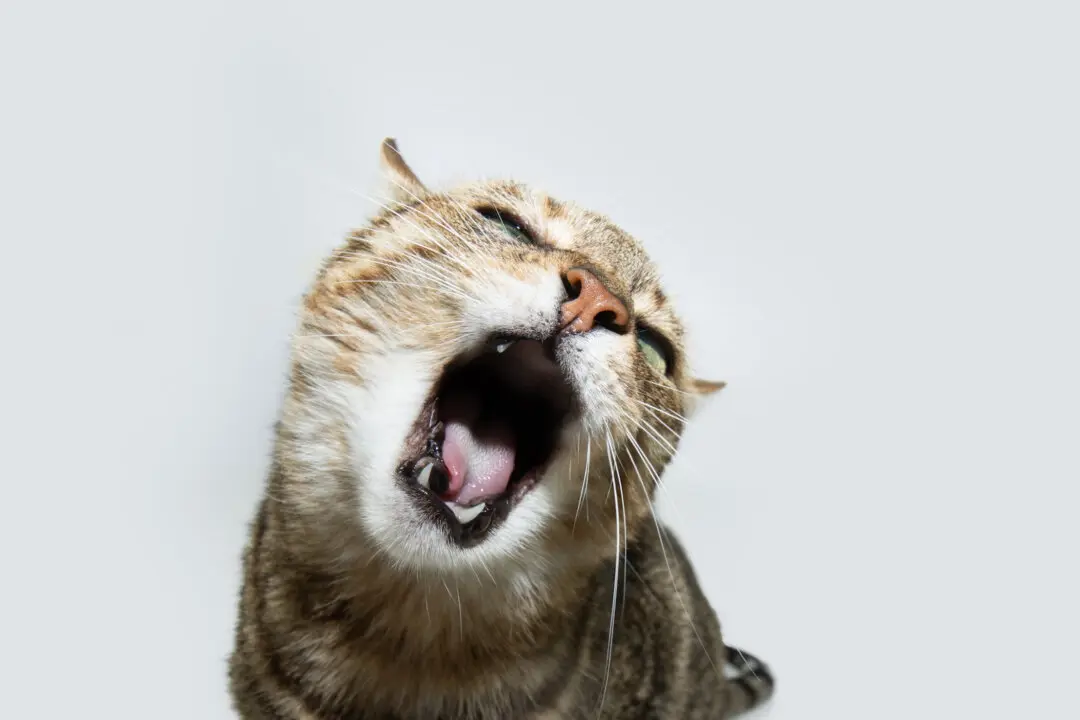Q: Last fall, I planted hundreds of daffodil, hyacinth, and tulip bulbs. A month ago, we adopted a puppy, Paisley, who is fascinated by all the spring flowers popping up now. Do I need to watch her to be sure she doesn’t eat them, or is it safe for her to nibble on them?
A: Many spring flowers are poisonous, so Paisley should not partake.





